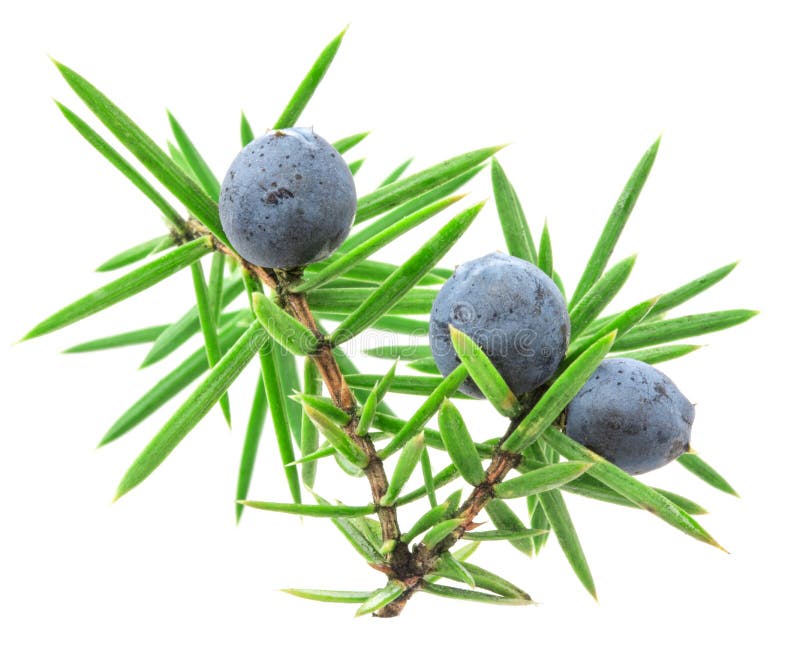


Nightshade berries, also known as Solanum nigrum, are a dangerous blueberry lookalike. Are there any poisonous berries that look like blueberries? Growing in those telltale tiny clusters, they don’t have any lookalikes and are all safe to eat. Is it OK to eat wild blackberries?Ībout Wild Blackberries and Raspberries There are many, many types of wild edible berries, but blackberries and raspberries are by far the easiest to identify. There are also native pawpaws, allegedly, but I’ve never been lucky enough to find any. I’ve found many black walnuts, persimmons, blackberries and other great snacks while hiking. The woods of Tennessee are generally rich with foraging opportunity. See also Is 17 Considered A Minor In Tennessee? What can I forage in Tennessee? ashei), commonly called rabbiteye, a species that hails from a bit further south. Tennessee has a handful of native blueberry species that thrive in the wild, mostly in mesic woodlands but the most popular for home gardeners are selections of Vaccinium virgatum (formerly V. There are many varieties of brambles to choose.Fall-bearing, red-fruited raspberries produce both a fall crop and early summer crop.Both thorned and thornless blackberries grow well in Tennessee.Blackberries and raspberries (brambles) are a commonly planted small fruit in home gardens.Mulberries (Morus) are black berries that grow on trees, however, you shouldn’t confuse them with similar-looking and tasting blackberries (Rubus). What are the little black berries that grow on trees? Avoid green, white, and yellow berries.
#TWIG AND BERRIES SKIN#
Blue, black, and purple skin is a good sign.Aggregate berries are made up of tightly packed clusters, like raspberries, salmonberries, thimbleberries, and mulberries. Indigenous blackberries are more tart than domestic varieties, and their briars are famously thorny. Domestic blackberries are typically larger than wild blackberries, and their canes have no thorns, making them easier to pick. Do blackberries grow wild in TN?Ī number of Tennessee berry farms raise both domestic and wild blackberries. The native American red raspberry is Rubus idaeus subsp. In North America it grows from Alaska through Canada to Newfoundland, southward to North Carolina and Tennessee in the East, and to Arizona, California, and northern Mexico in the West.


 0 kommentar(er)
0 kommentar(er)
